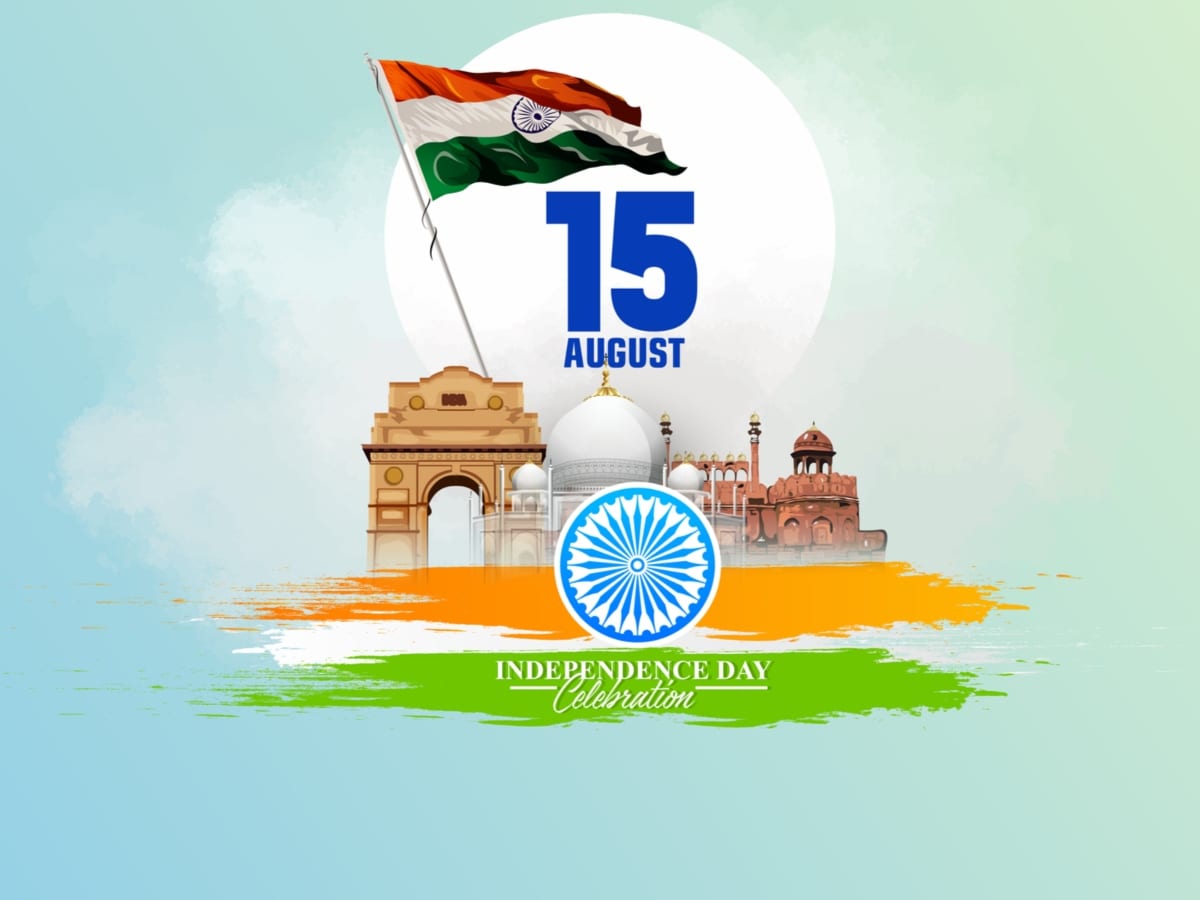The Struggle and Triumph of Indian Independence: A Nepali Perspective

As India celebrates its Independence Day today, marking the end of British colonial rule in 1947, it's an opportune moment to reflect on the intertwined history of Nepal and India during the era of imperialism. The story of India's journey to independence is not only about its citizens' relentless pursuit of freedom but also about the solidarity and support it received from its neighbors, including Nepal.
The British Rule in India
India's colonization began with the East India Company, which, over the course of two centuries, transformed from a trading corporation into a political entity exercising control over vast regions of India. By the mid-19th century, the British Crown had assumed direct control, turning India into the "jewel in the crown" of the British Empire. The Indian freedom struggle was characterized by decades of resistance, marked by events like the Revolt of 1857, the Non-Cooperation Movement, the Civil Disobedience Movement, and the Quit India Movement.
Nepal's Unique Position
During the British colonial era, Nepal managed to remain an independent kingdom. The Treaty of Sugauli in 1815, following the Anglo-Nepalese War, defined the relations between the British Empire and Nepal, with Nepal retaining its sovereignty. However, the treaty also meant that Nepal had to cede some of its territories to the British and allow British recruitment of Nepali soldiers into the British Indian Army.
Despite the government's official stance of neutrality and sometimes cooperation with the British, the people of Nepal were sympathetic to the Indian struggle for independence. Nepali freedom fighters and intellectuals were inspired by the Indian leaders and took part in various revolutionary activities.
Nepali Leaders and Freedom Fighters
Several Nepali leaders actively supported the Indian independence movement. Prominent figures like Bhimsen Thapa and Balbhadra Kunwar had earlier resisted British expansion into Nepal, which inspired later generations to oppose colonial rule elsewhere.
During the Indian freedom struggle, many Nepalis participated directly in the struggle. Notable among them was General Chandra Shumsher, who, although officially aligned with the British, supported Indian students in Kathmandu, providing them with education that often inspired anti-colonial sentiment.
Additionally, several Nepali exiles in India, like leaders of the Nepali Congress, drew inspiration from the Indian National Congress and were deeply involved in the independence movements. They believed that a free India would pave the way for democratic reforms in Nepal as well.
Impact on South Asia and Nepal
The independence of India had profound implications for South Asia and Nepal. It marked the beginning of the end of colonial rule in the region, inspiring numerous other independence movements. For Nepal, the Indian independence movement provided both a model and a catalyst for its own democratic aspirations.
Post-independence, India emerged as a regional leader, promoting decolonization and non-alignment, influencing Nepal's foreign policy and its internal politics. The end of British rule also meant a redefinition of Nepal-India relations, fostering closer cultural and economic ties based on mutual respect and shared history.
Conclusion
Today, as India celebrates its independence, it is crucial to acknowledge the role of its neighbors and the shared histories that bind the region. Nepal's contribution to India's freedom struggle, though often understated, is a testament to the solidarity and enduring friendship between the two nations.
We extend our heartfelt wishes to India on this momentous occasion, hoping for continued peace, prosperity, and progress in the years to come. May the spirit of independence continue to inspire the region toward greater unity and development. Happy Independence Day, India!

![From Kathmandu to the World: How Excel Students Are Winning Big [Admission Open]](https://nepalaaja.com/img/70194/medium/excel-college-info-eng-nep-2342.jpg)
